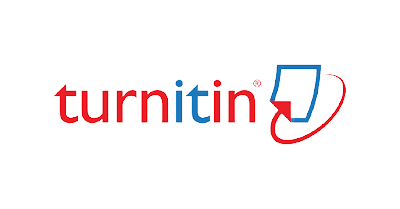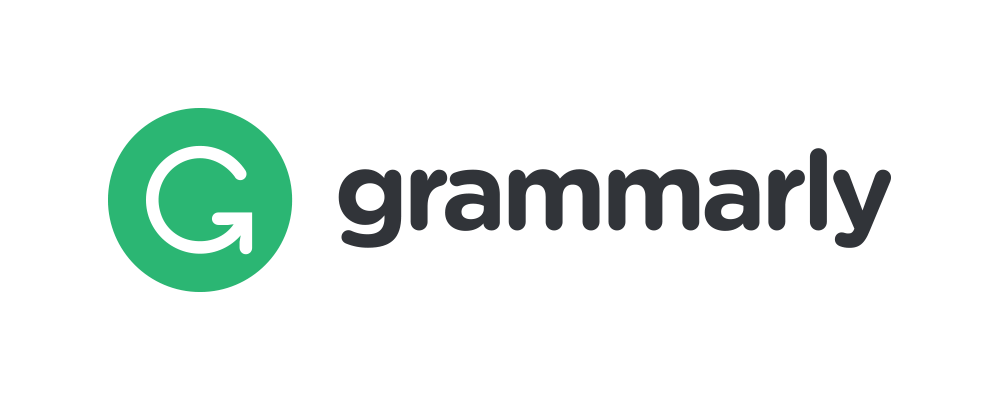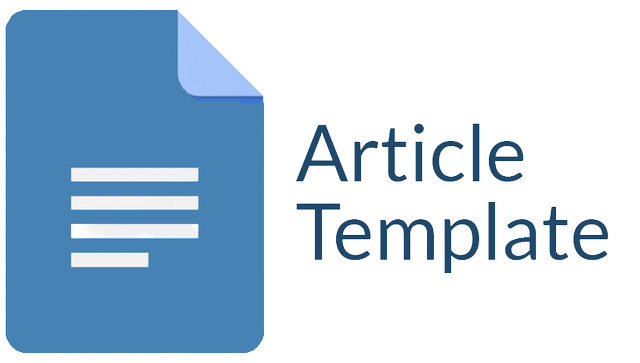PENGEMBANGAN MEDIA PEMBELAJARAN POP UP BOOK BERBASIS KEARIFAN LOKAL PADA PEMBELAJARAN TEMATIK TEMA 5 PENGALAMANKU SUB BAB PENGALAMANKU DI TEMPAT WISATA
Abstract
This research aims to develop teaching media product in the form of pop up book media based on local wisdom. In the fifth grade student thematic learning at SDN 12 Tilamuta which is valid and practical to use in the learning process. The research method is R&D (Research and development), with the ADDIE development model used in analysis, design, development, implementation and evaluation. Based on the results of the assessment analysis obtained from language, media and material validation experts, they obtained an average score that met the valid criteria. Then the results of the practical analysis of students and teachers obtained an average score that met the very practical criteria. So, it can be concluded that the pop up book media based on local wisdom in thematic learning is valid and practical to use in the learning process.
Downloads
References
Akbar, S. (2013). No Title Instrumen Perangkat Pembelajaran.
Aqib. Z. (2013). No Title Model- Model, Media Dan Strategi Pembelajaran Konstektual (Inovatif). Azwar, S. (2015). No Title Reliabiltas Dan Validitas.
Dewanti, H., Toenlioe, A. J. E., dan Soepriyanto, Y. (2018). Pengembangan Media Pop-Up Book Untuk Pembelajaran Lingkungan Tempat Tinggalku Kelas 2Sdn 1 Pakuaden Kabupaten Ponorogo. Jurnal Kajian Teknologi Pendidikan, 1, 221–228.
Dzuanda, B. (2011). No Title Perancangan Buku Cerita Anak Pop Up, Tokoh- Tokoh Wayang Seri.
Febriandi, R, Egok A, S. (2020). Pengembangan Bahan Ajar Matematika Berbasis Problem Based Learning Pada Siswa Kelas 2 Sd. Febriandi, 255–269.
Fida, L. (2021). Pengembangan Bahan Ajar Matematika Berbasis Problem Based Learning Pada Siswa Sekolah Dasar. 5(110), 395–405. Http://Www.Jbasic.Org/Index.Php/Basicedu/Article/View/628/Pdf
Hamzah, A. (2019). No Title Metode Penelitian Dan Pengembangan.
Juita, S., dan Ginting, B. (2018). Media Pembelajaran Berbasis Kearifan Lokal Pada Pembelajaran Bahasa Sastra Indonesia Di Smp Negeri 1 Berastagi. 95–101.
Majid, A. (2020). No Title Pembelajaran Tematik Terpadu. Bandung: Pt. Remaja Rosdakarya.
Masturah, E. D., Mahadewi, L. P. P., dan ... (2018). Pengembangan Media Pembelajaran Pop-Up Book Pada Mata Pelajaran Ipa Kelas Iii Sekolah Dasar. Jurnal Edutech …, 6, 212–221.
Pingge, H. D. (2017). Kearifan Lokal Dan Penerapannya Di Sekolah. Jurnal Edukasi Sumba, 01(02), 128– 135.
Praditya, A., Tisngati, U., dan Ardhyantama, V. (N.D.). Pengembangan Media Pembelajaran Berbasis Kearifan Lokal Untuk Meningkatkan Kemampuan Literasi Visual Peserta Didik Sd. 1–6.
Puspitasari, Y., Rais, R., dan Kiswoyo, K. (2019). Studi Kasus Tentang Metode Tutor Sebaya Terhadap Prestasi Belajar. Jurnal Ilmiah Sekolah Dasar, 3(2), 177. Https://Doi.Org/10.23887/Jisd.V3i2.17769
Rozak, A., Darmadi, dan Murtafi’ah, W. (2018). Pengembangan Media Pembelajaran Sasa-Aura Untuk Meningkatkan Prestasi Peserta Didik Smk Cendekia Madiun Tahun Ajaran 2017/2018. Didaktis: Jurnal Pendidikan Dan Ilmu Pengetahuan, 18(1), 31–50.
Safri, M., dan Sari, Adelila, S. (2017). Pengembangan Media Belajar Pop-Up Book Pada Materi Minyak Bumi.Jurnal Pendidikan Sains Indonesia (Indonesian Journal Of Science Education), 5(1), 107–113.
Sholeh, M. (2019). Pengembangan Media Pop-Up Book Berbasis Budaya Lokal Keberagaman Budaya Bangsaku Siswa Kelas 2Sekolah Dasar. Jurnal Gentala Pendidikan Dasar, 4(1), 138–150. Https://Doi.Org/10.22437/Gentala.V4i1.6979
Subandi. (2014). Pengembangan Kurikulum 2013 (Studi Analitis Dan Subtantif Kebijakan Kurikulum Nasional). Terampil Jurnal Pendidikan Dan Pembelajaran Dasar, 1(1), 18–36.
Sugiyono. (2013). No Title Metode Penelitian Kuantitatif, Kualitataif, Dan RdanD. Sugiyono. (2016). No Title Metode Penelitian Kuantitaif, Kualitatif Dan RdanD.
Suryani, Setiawan, P. (2018). No Title Media Pembelajaran Inovatif Dan Pengembangannya. Pt. Remaja Rosdakarya.
Tafonao, T. (2018). Peranan Media Pembelajaran Dalam Meningkatkan Minat Belajar Mahasiswa. Jurnal Komunikasi Pendidikan, 2(2), 103. Https://Doi.Org/10.32585/Jkp.V2i2.113
Winarni, E, W. (2018). No Title Metode Penelitian.
Copyright (c) 2021 Winda Anggriyani Uno, Irmayani Halim, Syahriyanto Syahriyanto

This work is licensed under a Creative Commons Attribution-ShareAlike 4.0 International License.
Jurnal allows anyone to compose, correct, and do derivative works, even for commercial purposes, as long as they credit for the original work. This license is the freest. It is recommended for maximum distribution and use of licensed material.
The submitted paper is assumed not to contain any proprietary materials that are not protected by patent rights or patent applications; The responsibility for technical content and protection of proprietary materials rests with the authors and their organizations and not the responsibility of journal or its editorial staff. The primary (first/appropriate) author is responsible for ensuring that the article has been viewed and approved by all other authors. The author's responsibility is to obtain all necessary copyright waivers to use any copyrighted material in the manuscript before submission.
Jurnal Pendidikan, Sains dan Teknologi allows the author(s) to hold the copyright without restrictions and allow the author(s) to retain publishing rights without restrictions. Jurnal Pendidikan, Sains dan Teknologi CC-BY-SA or an equivalent license as the optimal license for the publication, distribution, use, and reuse of scholarly work. Jurnal Pendidikan, Sains dan Teknologi allows the author(s) to hold the copyright without restrictions and allow the author(s) to retain publishing rights without restrictions. Jurnal Pendidikan, Sains dan Teknologi CC-BY-SA or an equivalent license as the optimal license for the publication, distribution, use, and reuse of scholarly work.
In developing strategy and setting priorities Jurnal Pendidikan, Sains dan Teknologi recognize that free access is better than priced access, libre access is better than free access, and libre under CC-BY-SA or the equivalent is better than libre under more restrictive open licenses. We should achieve what we can when we can. We should not delay achieving free in order to achieve libre, and we should not stop with free when we can achieve libre.
Jurnal Pendidikan, Sains dan Teknologi is licensed under a Creative Commons Attribution-ShareAlike 4.0 International License.
You are free to:
- Share a copy and redistribute the material in any medium or format
- Adapt a remix, transform, and build upon the material for any purpose, even commercially.
- The licensor cannot revoke these freedoms as long as you follow the license terms.






